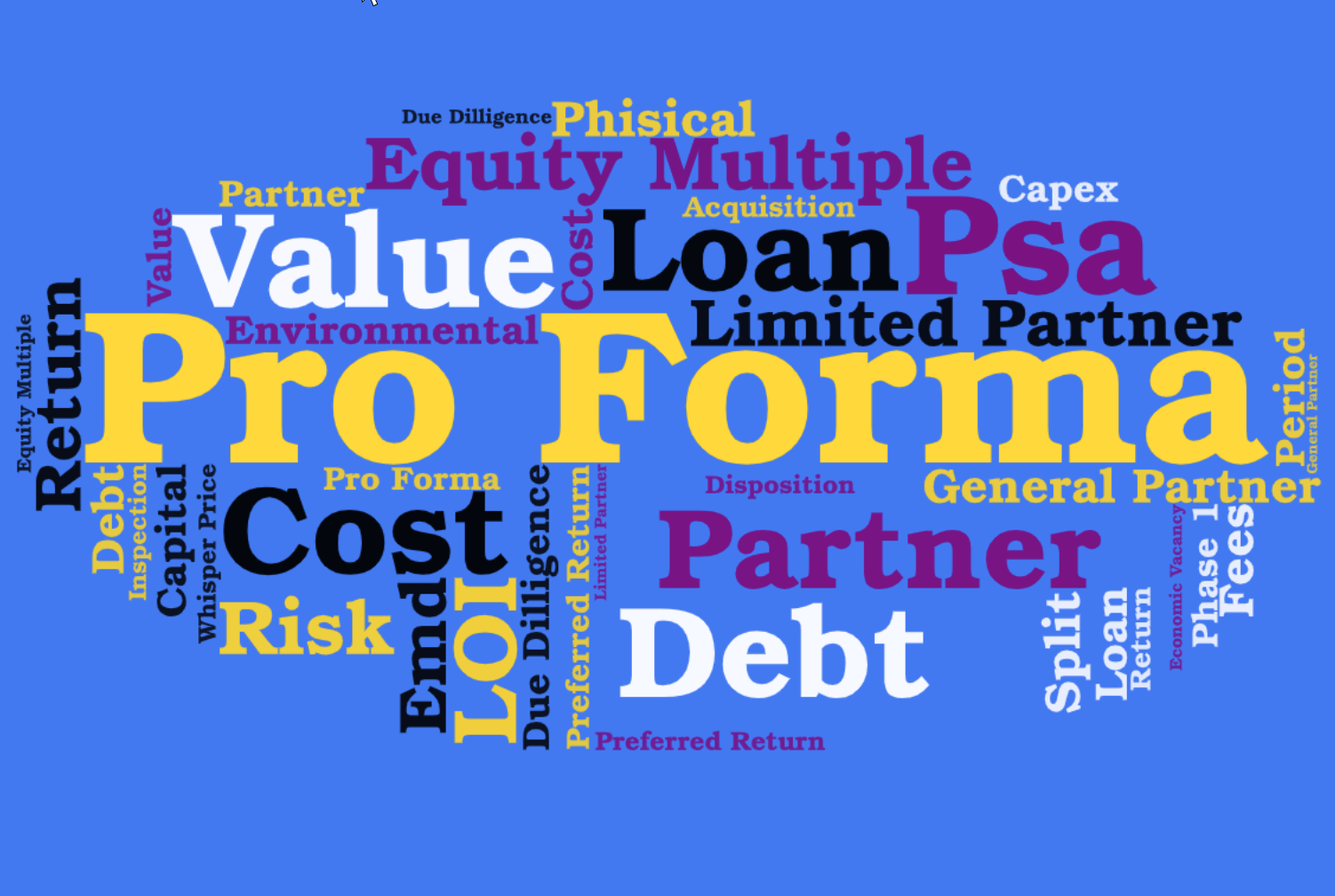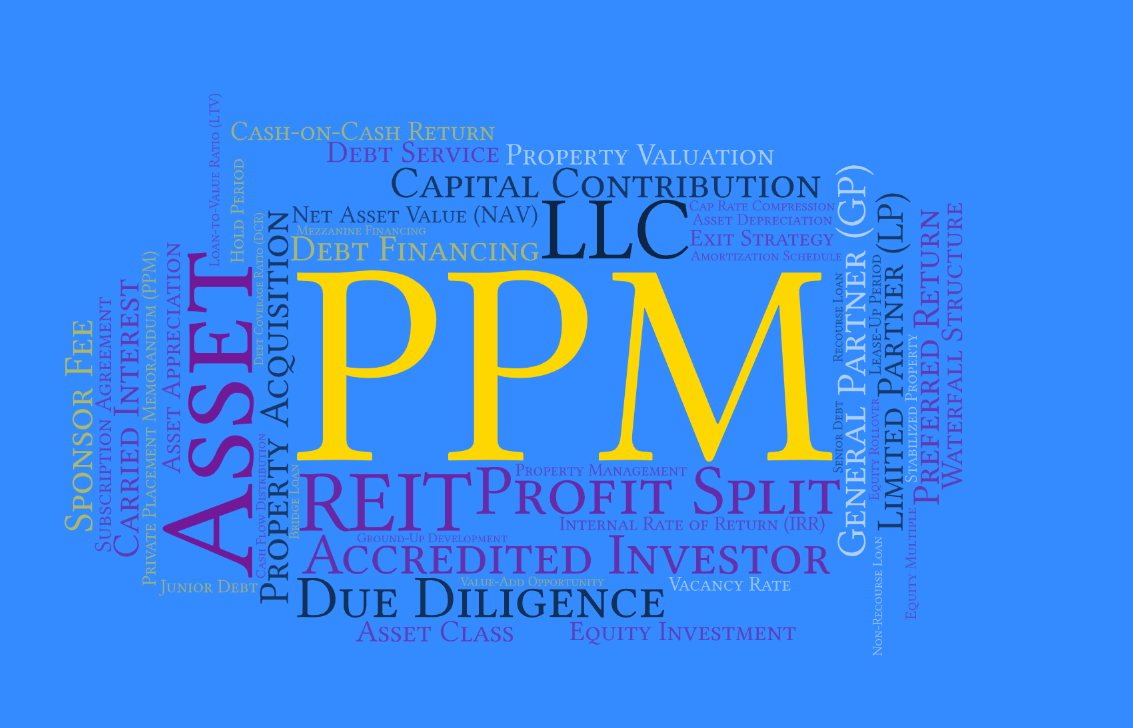In this installment of our ongoing series on real estate jargon, we'll delve into the concept of...
Decoding Real Estate Jargon: The Preferred Return Landscape
In our ongoing series of "Decoding Real Estate Jargon," we set our sights on demystifying another crucial term in commercial real estate syndications: the Preferred Return. Buckle up as we explore what it means, its mechanics, and why it's a magnet for passive investors seeking stability and lucrative partnerships.
📈 Understanding the Preferred Return:
The Preferred Return, often referred to as "pref," is an essential component of commercial real estate syndications that provides passive investors with a sense of security and stability. It acts as a safeguard, guaranteeing investors a predetermined rate of return before any profits from the property are distributed between them and the sponsor.
This predetermined rate of return serves as a protective measure for investors, ensuring that they receive their fair share of the profits before anyone else. It's like getting a slice of the pie before it's divided among others. By prioritizing the passive investors' returns, the Preferred Return creates a sense of certainty and predictability in an otherwise unpredictable market.
💼 How the Preferred Return Works:
When a syndication venture turns profitable, the preferred return is the initial portion of profits that heads straight into the pockets of passive investors. Think of it as a priority payment mechanism, creating a sense of security and predictability for those who entrust their capital to the venture.
This priority payment mechanism operates like a life raft in the tumultuous sea of investments. As the venture begins to generate profits, the preferred return acts as a life jacket, ensuring that passive investors receive their share before anyone else. It's a comforting guarantee that their investment will not only yield returns but will do so in a timely and reliable manner.
Imagine being on a ship in stormy waters. The preferred return is like a beacon of light, guiding investors through the darkness and uncertainty. It provides a sense of security, knowing that even in the most challenging market conditions, they will receive their predetermined rate of return either now or in the future when there is a capital event.
💰 Why Investors Love Preferred Returns:
For passive investors, the allure of a Preferred Return lies in its predictability. It provides a steady income stream, almost like the interest on a fixed-rate investment. In the roller-coaster world of investments, having a defined return before profit sharing offers a sense of stability that resonates well with conservative investors.
With the Preferred Return, investors can rely on a consistent cash flow, allowing them to plan and budget with confidence. Unlike other investment opportunities that may fluctuate in returns, the Preferred Return offers a predictable and reliable source of income. This stability is especially appealing to conservative investors who prioritize protecting their capital and value consistent returns over high-risk, high-reward investments.
🚀 Preferred Return as an Operator's Incentive:
Not just a perk for investors, the Preferred Return serves as a powerful incentive for operators to steer the ship with finesse. To start enjoying their share of profits, sponsors must ensure the project performs well enough to meet or exceed the preferred return threshold. It aligns interests, fostering a commitment to excellence.
The Preferred Return acts as a symbiotic relationship between investors and operators, creating a shared goal for success. Operators are motivated to make strategic decisions and implement effective management strategies that maximize the profitability of the venture. By doing so, they not only benefit themselves but also ensure that investors receive their predetermined rate of return.
This alignment of interests encourages operators to go above and beyond, constantly seeking ways to enhance the performance of the project. They are driven by the desire to not only meet the preferred return threshold but to surpass it, generating even greater profits for both themselves and the passive investors.
🔄 What If the Preferred Return Isn't Met?
In the scenario where the Preferred Return isn't met in a given year, it typically accumulates or accrues. This means the shortfall doesn't disappear; instead, it often carries over to subsequent years. It becomes a debt owed to passive investors, and the sponsor is often required to prioritize clearing this debt before other profit-sharing arrangements kick in.
As we navigate the complex waters of real estate syndications, understanding the Preferred Return is akin to plotting a course on a reliable map. It guides investors seeking stability and serves as a beacon for operators committed to steering towards success.
Stay tuned as we continue our journey through real estate jargon, unraveling the intricacies that shape the landscape of commercial syndications.
Let's Continue the Conversation: We invite you to engage with us in several ways:
-
Explore Opportunities: Discover how our syndications can improve your retirement plan. Contact us to explore investment opportunities and gain insights into the path to passive income. CLICK HERE to schedule a call.
-
Subscribe to Our Blog: Stay informed about the role of real estate in retirement planning. Subscribe to our blog and receive regular updates, expert advice, and success stories.
-
Connect on Social Media: Join our community on social media to interact with like-minded individuals who are also on the journey to a prosperous retirement.
CLICK HERE to schedule a call.
Download our free e-book at the link https://content.bluepathholdings.com/free-ebook.


 By
By


